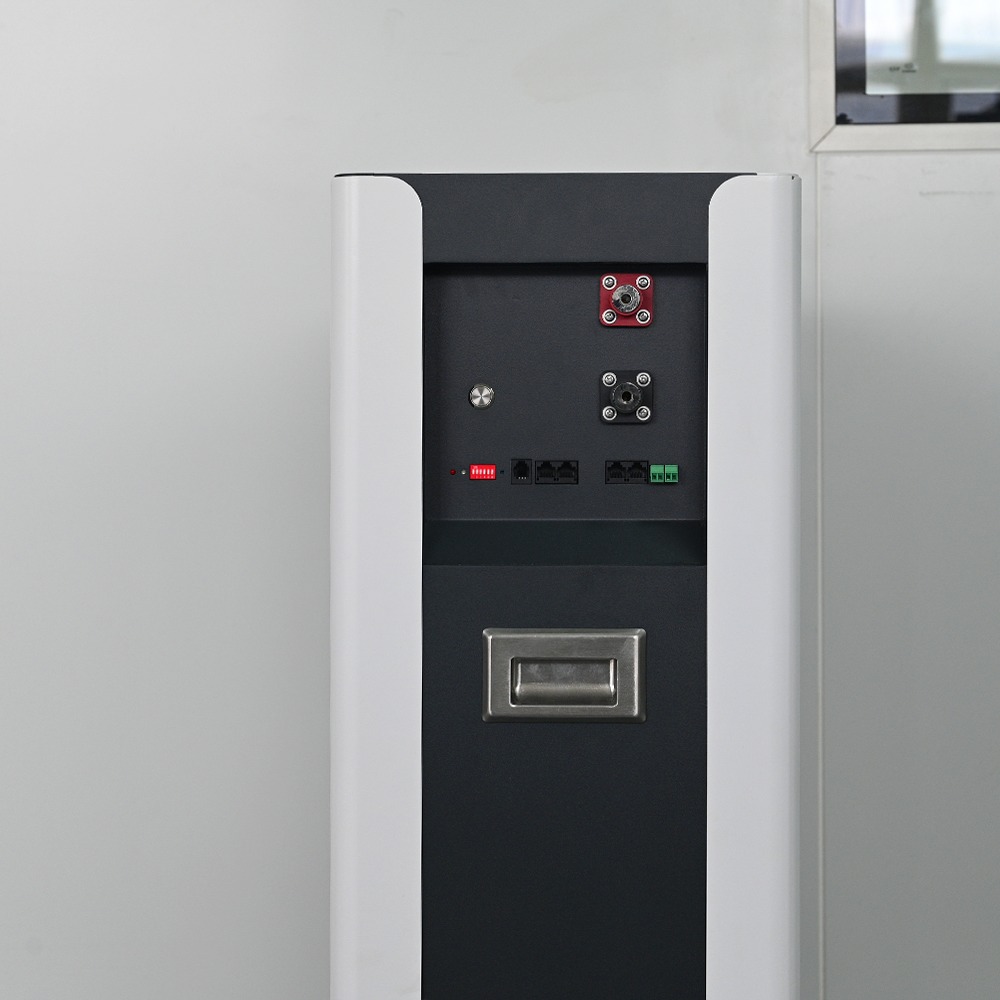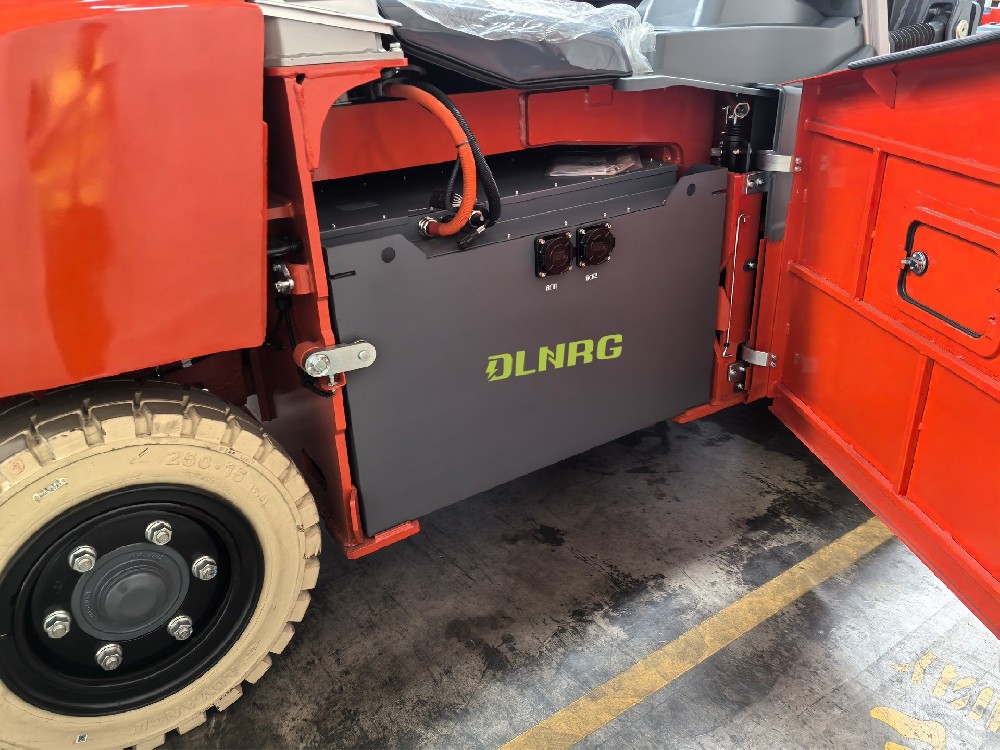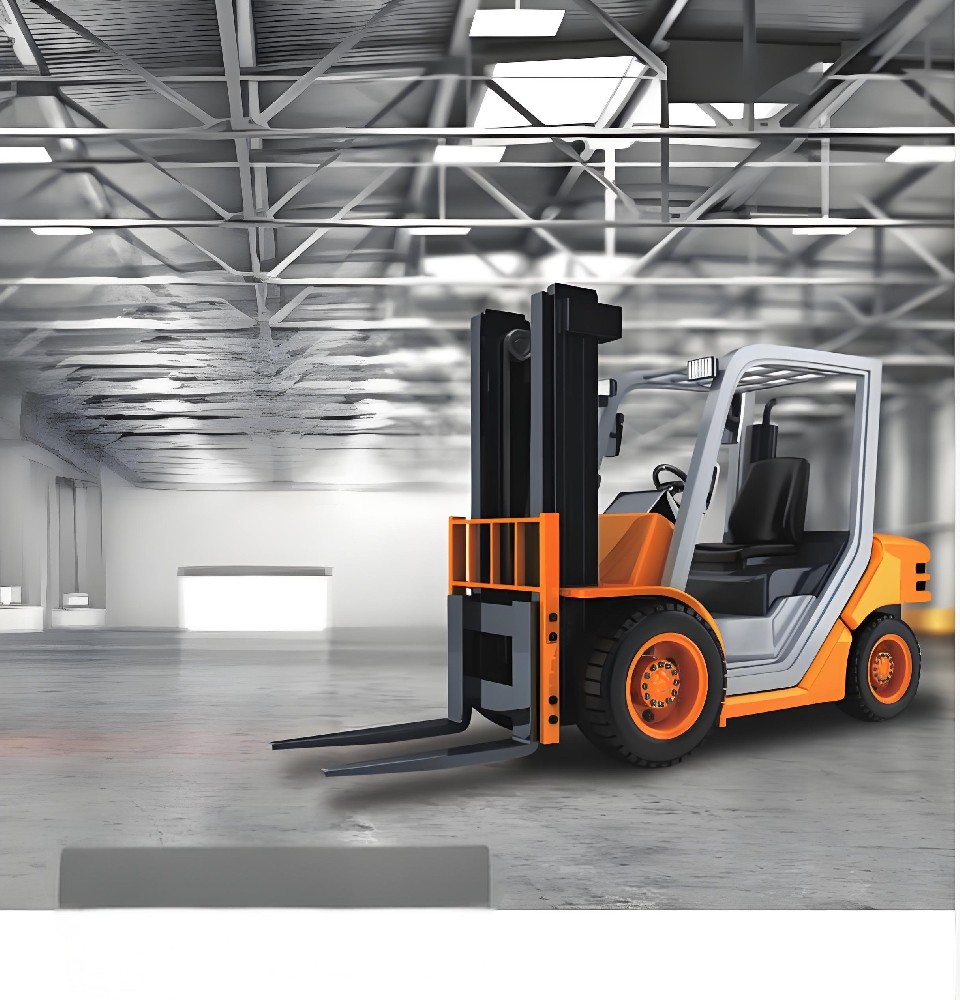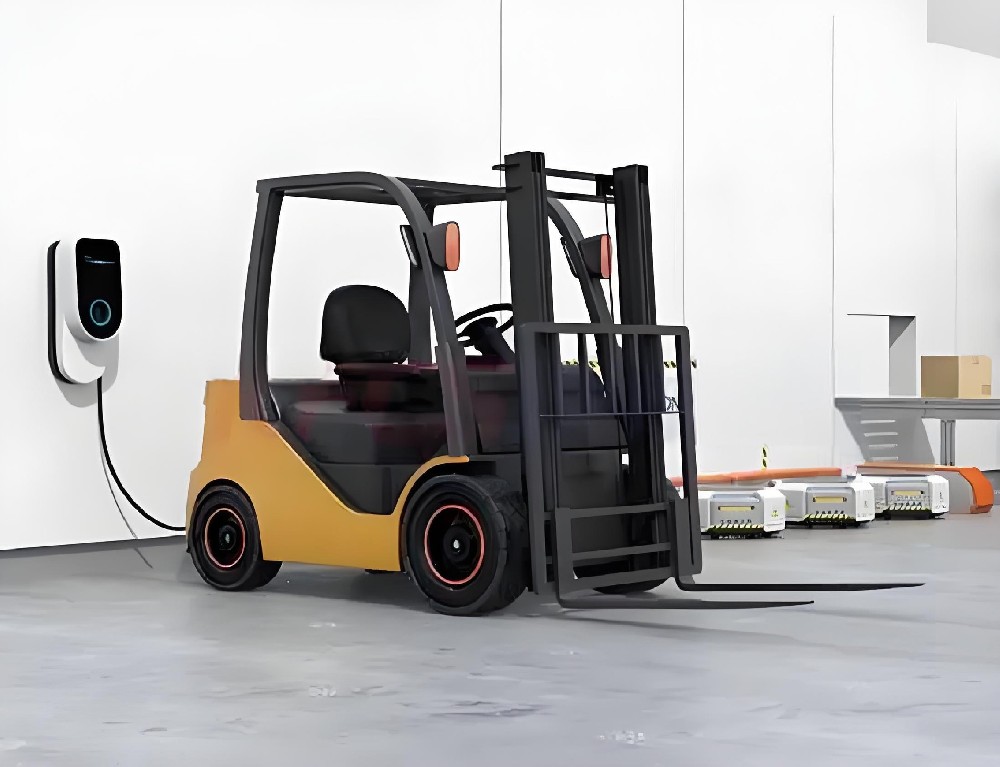Today we will talk about batteries for electric lift trucks. We hope you can make a well-reasoned choice for your enterprise. To start with, we’ll look at the classic – lead-acid batteries.
Lead-acid batteries
The traditional type of battery (invented in the 19th century). It does the job, but is hopelessly outdated. First we’ll review the positive aspects of this energy storage device.
What are the benefits of lead-acid batteries?
Their low price is accessible.
This traditional power source is easy to use; personnel, especially from the older generation, are used to them.
And here their advantages essentially end.
Disadvantages of lead-acid batteries
It is necessary to constantly spend time, effort, and money on maintenance.
The battery must be fully discharged before recharging. In addition the battery has to be recharged immediately before use, for a total of 8-12 hours – a full workday, at minimum.
Increased safety measures must be observed, particularly fire-safety measures. While the battery is in use, it emits hydrogen and substances potentially harmful to humans.
The average lifetime is only 1500 charge-discharge cycles.
In addition, another important aspect is the limit on the discharge current. In practice, this means that the larger the loads being handled, the greater the capacity of the battery must be.
In short, lead-acid batteries are an inefficient, but inexpensive and familiar means of storing energy.
Gel cells and AGM batteries
A new stage in the evolution of lead-acid batteries. They are somewhat better, but firstly, they are more expensive, and secondly, they have the same disadvantages as classic lead-acid batteries.
Gel cells contain silica gel, a solid substance with numerous micropores containing electrolyte. Silica gel completely fills the space between the lead plates, which protects the gel cells from malfunctioning.
AGM batteries are considered less efficient than gel cells. These batteries are based on the same lead plates and fiberglass. Their main advantage is their low price. It is also important that these models do not require constant special monitoring. In addition, the ability of these batteries to be used in any position should be mentioned.
Overall, both these types of batteries have a number of identical disadvantages:
they have a long charging time;
they cost more than typical lead-acid batteries;
they cannot withstand high charge/discharge currents, which precludes, or at least hinders, intensive use.
Alkaline batteries
Another traditional power source at our warehouses. As a rule, Soviet equipment was designed specifically to use alkaline batteries. As alternatives appeared, alkaline batteries started to lose ground, but they are still used.В
Compared to lead-acid batteries, alkaline batteries lose in terms of cost, energy efficiency, and the ability to operate under intensive loads.
Nickel-cadmium batteries
Also a typical energy storage method. Their clear advantages include rapid and easy charging, long storage life, immunity to low temperatures, and favorable price. As for disadvantages, they are the low power density, “memory effect,” and toxicity of materials.
Lithium-ion batteries
Not long ago, Li-ion batteries were unable to take the lead in the industrial sector due to their relatively high cost. But the situation is changing, and now this type of energy storage is more promising.
After the main disadvantage – the high price – is eliminated, Li-ion batteries have every chance of becoming the type of battery that is of greatest interest. Let us list the advantages of these batteries:
No maintenance required – the lift truck operator can charge the battery on his/her own. Nothing else is required!
This is done quickly, within an hour.
One can charge the battery on the fly; there is no “memory effect,” that is, it is not necessary to fully discharge and then recharge the battery.
The longest lifetime of its competitor (lead-acid) is 1500 cycles. The lifetime of Li-ion batteries is 4000 cycles.
Even at a critical discharge level, a lift truck with Li-ion batteries can lift the maximum weight.
Safety and environmental friendliness. They do not emit toxic substances, are easily recycled, and have a built-in electronic safety and interlock system for emergency situations.
Comparative table of types of lithium-ion batteries
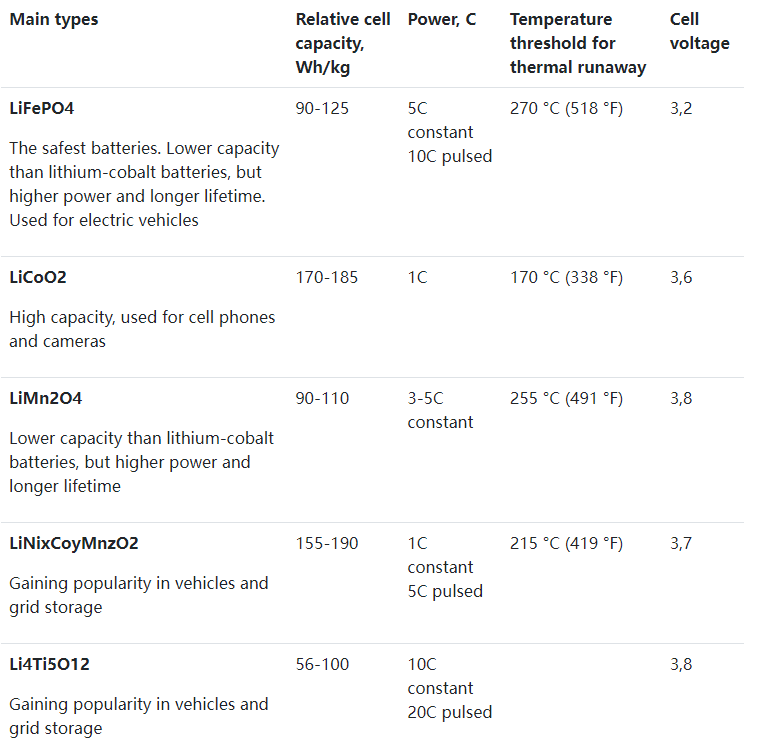
Conclusion
If you actively use lift trucks in day-to-day work, look at Li-ion batteries. They are longer-lived and more economic, more reliable, and more productive. The use of Li-ion batteries is the most up-to-date and efficient way of storing energy today. There’s a reason all smartphones use various Li-ion batteries.


